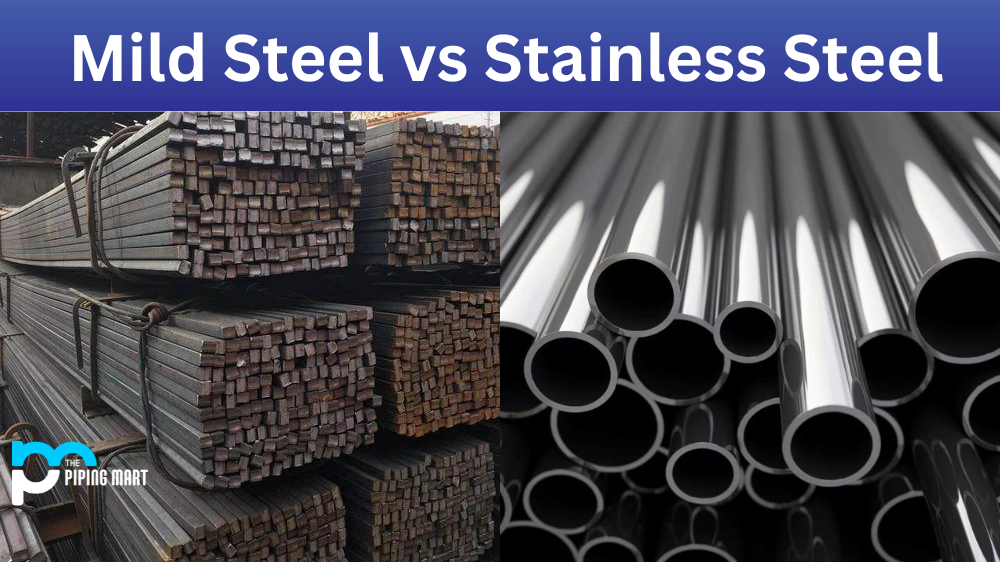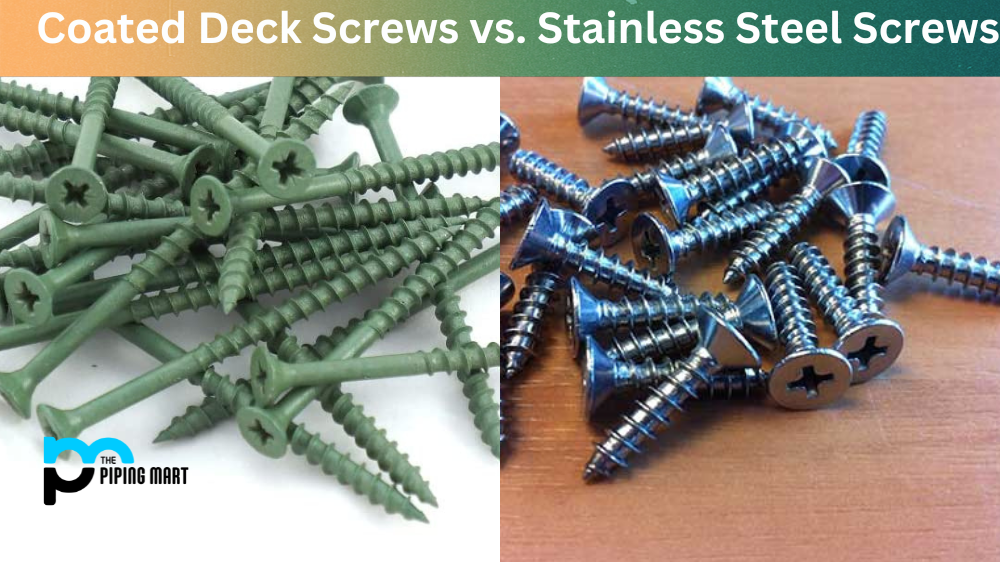Steel may be the perfect choice if you’re looking for a strong and durable, cost-effective material. But there are two types of Steel – mild Steel and stainless Steel – that have different properties. So, what are the differences between mild Steel and Stainless Steel, and which is best suited for your needs?
Mild Steel Properties
Mild Steel is a type of low-carbon Steel. It has a relatively low tensile strength but is inexpensive and easy to form. It’s often used when large quantities of Steel are needed, for example, for the construction industry. Mild Steel can be easily cut, drilled or welded into various shapes and sizes. This makes it ideal for large-scale structural work such as bridges or buildings. Although it has poor corrosion resistance compared to stainless Steel, mild Steel can be galvanized to protect against rust and other forms of corrosion.
Stainless Steel Properties
Stainless Steel is an iron alloy with a minimum of 10% chromium content by mass. It is highly resistant to corrosion thanks to the chromium oxide layer formed on its surface when exposed to oxygen in the air or water. This layer prevents further oxidation and protects the metal from rusting. Stainless Steel is also more heat resistant than mild Steel, so it can be used in high-temperature applications such as automotive exhaust systems or food processing equipment. However, it is more expensive than mild Steel, so it’s not always suitable for large-scale projects where cost is a major factor.
Difference Between Mild Steel and Stainless Steel
One of the key differences between mild Steel and stainless Steel is their chemical composition. Mild Steel contains a lower amount of carbon, while stainless Steel contains a higher amount of chromium. The chromium in stainless Steel forms a thin layer of oxide on the metal’s surface, which helps prevent corrosion.
Mild Steel vs Stainless Steel Weight
Choosing between mild steel or stainless steel can be a tricky decision, and one factor that may help guide this choice is the weight of the material. Mild steel is typically much heavier than its stainless counterpart. It’s malleability also plays a role in how this affects usage as it can be reshaped into various forms, even when thicker gauges are used. This overall strength and malleability of mild steel make it an ideal choice for construction work or any time a strong metal is needed, like poles and cables, where additional weight may actually add to stability. Conversely, for more delicate projects which require a lighter material, stainless steel is often the preferred pick due to its superior corrosion resistance and lightweight nature. A benefit of both materials however is their recyclable quality – making either a great choice when looking for an eco-friendly option.
Mild Steel vs Stainless Steel Strength
Mild Steel is typically weaker and less durable than stainless Steel. However, mild Steel can be strengthened through heat treatment, while stainless Steel cannot. Heat treatment is a process that involves heating and cooling the metal to change its microstructure and improve its strength.
Mild Steel vs Stainless Steel Corrosion Resistance
Stainless Steel is more resistant to corrosion than mild Steel. The chromium in stainless Steel forms a thin layer of oxide on the surface of the metal, which helps to prevent corrosion. Additionally, stainless Steel is less likely to rust than mild Steel.
Mild Steel vs Stainless Steel Price
Mild Steel is typically cheaper than stainless Steel as it contains less chromium. Stainless Steel is more expensive as it contains more chromium and other alloying elements, which add to the cost of production.
Mild Steel vs Stainless Steel Uses
Mild Steel is commonly used in applications such as bridges, buildings, automotive parts, and pipes. Stainless Steel is commonly used in kitchen utensils, medical devices, and jewellery applications.
Conclusion:
When choosing between mild Steel and Stainless Steel, consider your budget and how each type will be used in your project. Mild Steel offers great value for money but requires protection from corrosion, whereas stainless Steel provides superior corrosion resistance at a higher cost. Ultimately, both materials have their advantages depending on your needs so take some time to research the best option for you before deciding which one to use!

A passionate metal industry expert and blogger. With over 5 years of experience in the field, Palak brings a wealth of knowledge and insight to her writing. Whether discussing the latest trends in the metal industry or sharing tips, she is dedicated to helping others succeed in the metal industry.




